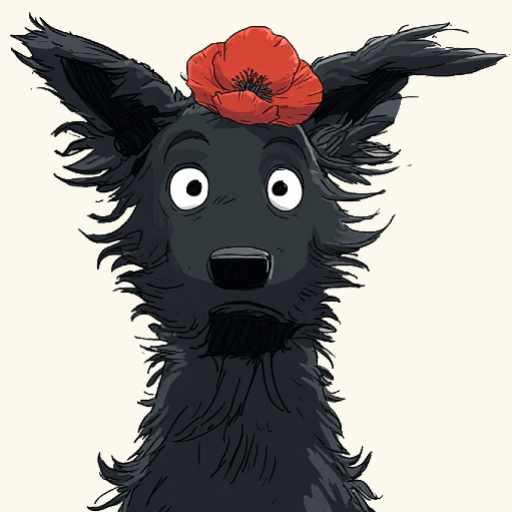
The Sound of the Noun Cases
This sheet is an ear and finger-training to get you used to how Hungarian words sound in different cases.

🎲 Try your luck with a random practice task!

This sheet is an ear and finger-training to get you used to how Hungarian words sound in different cases.

To use „be” or not to use „be”? That is the question! And this is the part I to help with that.

One way to create adjectives is to take a place and add an -i. Do you want to try?

Can you guess which is correct in the sentences? Use to proper case form to tell your answer.


🎲 RANDOM QUIZ
Learning a language can be great fun — and equally, a great challenge. It’s even more challenging when you’re trying to learn it in a non-native environment.
Privacy policy


When you don’t yet have enough vocabulary or grammar to speak fully in your target language, try PatchPhrasing.
It means you speak in your native language — but replace any word or phrase you do know (or are just learning now) in the target language.
This helps you learn in context and understand the function of the word (e.g. noun, verb, tense, etc.).
Example:
“I want a piros sports car. Sooo piros like a ripe cherry.”
(piros = red — but I think you guessed that.)
It’s fun, flexible, and builds real fluency — one word at a time.